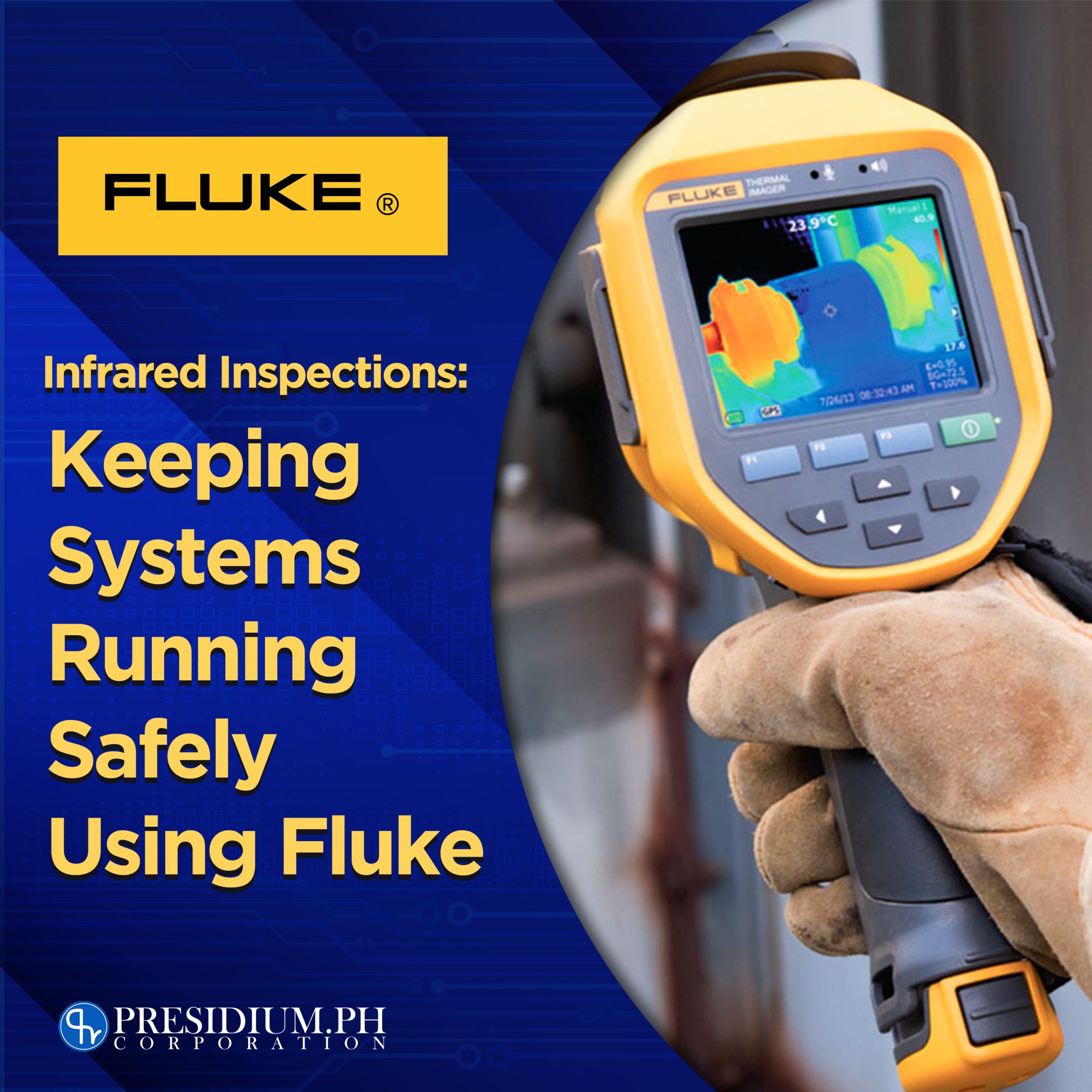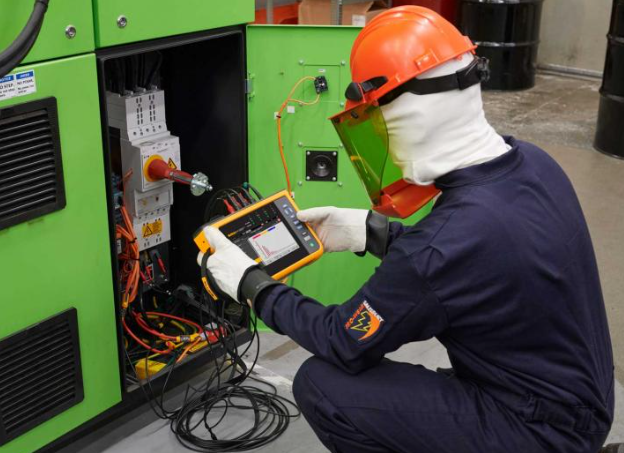Oscilloscope Waveforms: Here’s All You Need To Know!
Briefly, the basic function of an Oscilloscope is to measure voltage waves. This is a device that can successfully let you visualize voltage signals so you can easily spot discrepancies in your mechanical powers. Mostly, devices that are prone to having these electrical faults include pumps, compressors, motors, conveyors, robots, and other industrial machines. Oscilloscope waveforms rule over these motors in a way that it dictates if they are in healthy working conditions or not.
Having frequent exposure to these kinds of tests can let you be more adept at analyzing waveforms. To give you an idea, Oscilloscope waveforms have characteristics. Technically, these “characteristics” may be a bit too difficult to sop with untrained eyes. Here are some of the kinds of waveforms you need to keep your eye on…
- Amplitude (looking along the vertical axis)
- Time (looking along the horizontal axis)
- Waveform shape, and distortion of waveform shape
- Waveform disturbances, particularly from outside sources
But this is not all you need to know. There are other factors that may be affecting signal readings as well. Today, we’ll touch up on all the things you need to know about Oscilloscope waveforms.
What do Oscilloscopes reveal?
Yes, it’s already a given answer that it presents voltage signals, but let’s go a little bit more in-depth. Here are some of the things that it reveals other than wavelength signals…
- Voltage signal shape when operating as intended
- Current signal shape when using a current clamp suitable for use on an oscilloscope
- Signal anomalies
- Amplitude modulation of an oscillating signal and any variations in frequency
- Whether a signal includes noise and changes to the noise
We’re lucky that advanced technology gives more than what we pay for. Oscilloscopes before are bulky and not very portable. To give you an idea, it looks something like the back of an old TV. Going back to the present time, Fluke Oscilloscopes now come in a portable style. It also comes with fast calculations, data storage capabilities, and automated analysis. Again, true to our word, Fluke tools will always go the extra mile to serve workers better, and safer.
Keep your eyes out for common waveform variations!
If you think one kind of waveform varies from another, you will be surprised that they can repeat themselves frequently. If you have a trained eye, you’ll be able to spot these anomalies immediately by simply glancing at the ups and the downs of the graph. Anyhow, if you want to know more about these anomalies, we highly encourage you to check out this link.
The 3 key points of waveform setup.
This is a particularly important step when you’re operating Oscilloscopes. These three parameters need to be adjusted (and they are preferred to be adjusted manually) to make sure that the waveforms that show up on the screen are readable and reliable. Anyhow, one of the steps in achieving this is to unfailingly adjust certain parts of its settings. So, to properly attain an optimum setpoint, make sure to input the right variables which are, according to an official Fluke source, are the following…
- Vertical sensitivity. Adjusts the vertical sensitivity so that the vertical amplitude spans three to six divisions.
- Horizontal timing. Adjusts the horizontal time per division so that there are three to four periods of the waveform across the width of the display.
- Trigger position. Sets the trigger position to the 50% point of the vertical amplitude. Depending on the signal characteristics, this action may or may not result in a stable display.
Get your Fluke tools through an authentic source!
Hey, you made it to the bottom! Are you currently looking for the best-performing test tools in the market to run daily maintenance checks on your machines? You are in luck cause Presidium PH is an authorized distributor of Fluke test tools in the Philippines. Prevent these faults from penetrating your machine by using the best test tools there are!
If you want to know more about Fluke tools and their functions, visit our website for more info! This is a one-stop shop for the best test tools within Metro Manila.










